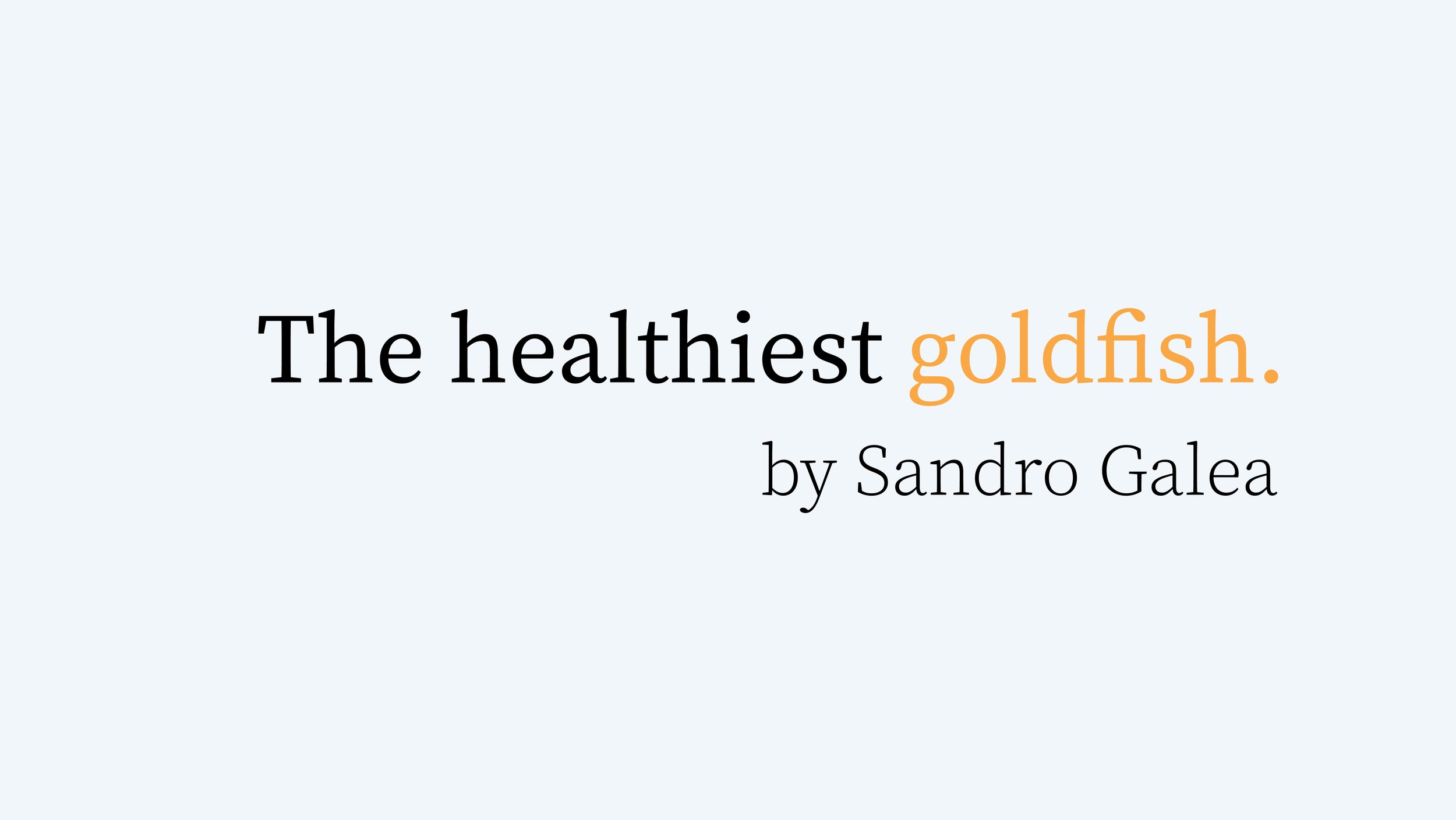It is rare for scientists to become famous. For some, fame came when they captured the zeitgeist with their ideas. For example, Heisenberg’s “uncertainty principle” resonated in an age of psychological uncertainty. For others, it is work that is ancillary to their actual science that brings fame. Robert Oppenheimer was a public figure less for his scientific work on the structure of subatomic particles than for leading the Manhattan Project and the development of the atom bomb during war time. Watson and Crick became famous not only for describing the chemical basis of heredity—beginning a biological revolution—but also for delivering a beautiful, odd, unfamiliar term in science, double helix—the structure of DNA—to a wider audience.
Read more here.



